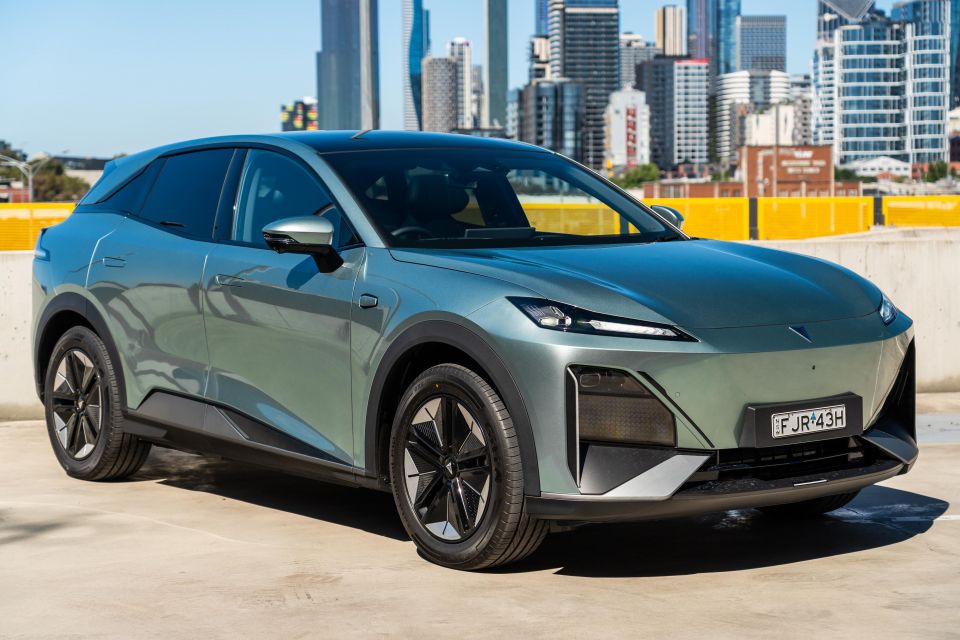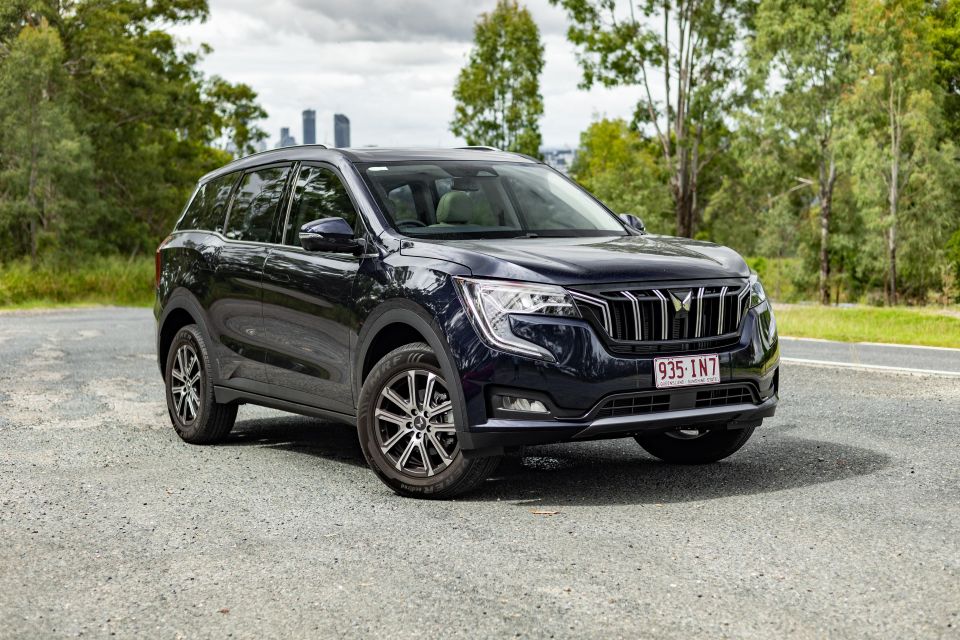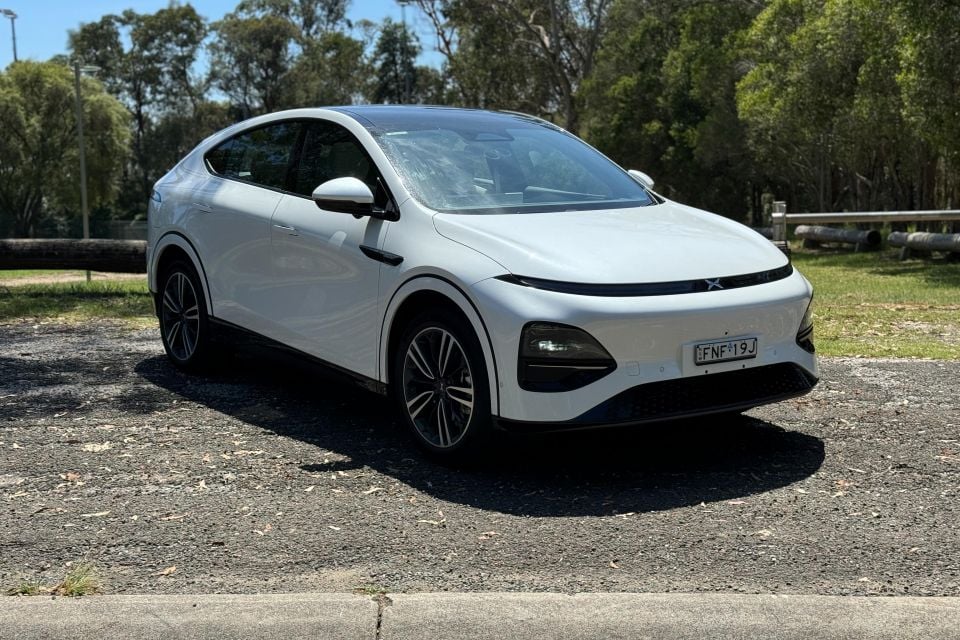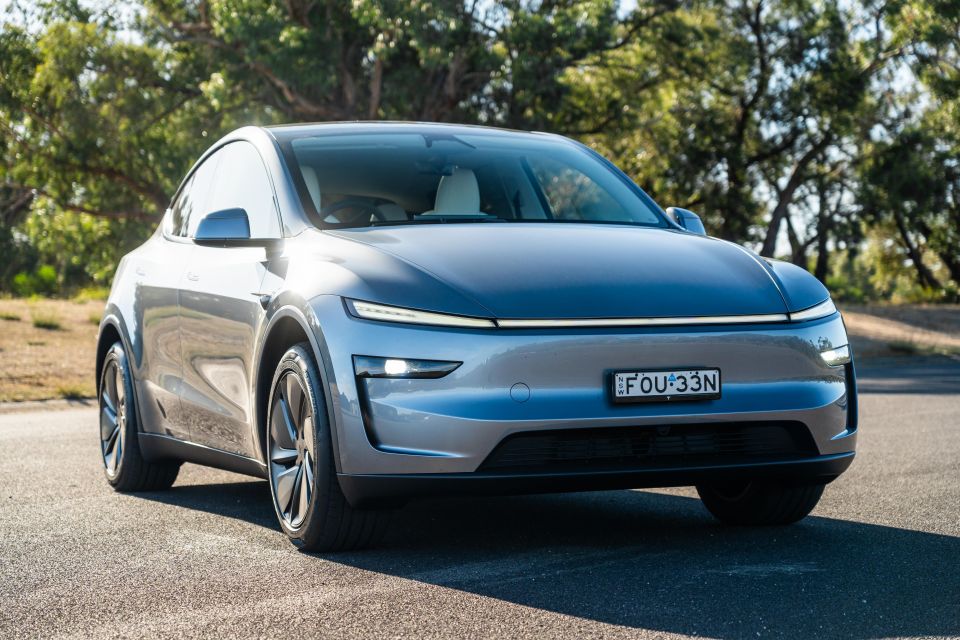The Federal Chamber of Automotive Industries (FCAI) reports total new vehicle deliveries in Australia in its monthly VFACTS report. But this report doesn’t provide the full picture.
VFACTS has been around since 1992 and the major players are largely all included today, while the list of auto brands includes everything from Abarth to Zeekr. Even exotic brands like Ferrari and Rolls-Royce include their delivery figures.
But not every brand is included, and even if you include those that now report their sales numbers exclusively to the Electric Vehicle Council (EVC), last year’s reported tally of 1,237,287 new-vehicle deliveries in Australia isn’t accurate. Is it off by much? Not in the grand scheme of things, but it’s off.
Hundreds of new car deals are available through CarExpert right now. Get the experts on your side and score a great deal. Browse now.
So, who’s missing? Australia’s biggest-selling electric vehicle (EV) brand for one, as well as a slew of lower-volume brands. Here’s a breakdown.
Cadillac and GMC
General Motors Australia and New Zealand (GM ANZ) currently reports deliveries of Chevrolet-badged vehicles sold through its GM Specialty Vehicles (GMSV) retail network.

However, it has confirmed it won’t report figures for the recently launched Cadillac and GMC brands… at least not yet.
GMSV will soon start deliveries of the GMC Yukon Denali large SUV, while deliveries of Cadillac’s only model to arrive in Australia thus far – the Lyriq electric SUV – commenced earlier this year. Only one GMC-branded vehicle has been confirmed for Australia, though the Cadillac lineup will expand to include smaller Optiq and larger Vistiq SUVs in 2026.
GM ANZ wouldn’t share sales targets or order numbers for the Yukon, while it has previously said the Lyriq will sell in “exclusive volumes”.
Don’t expect to see these models appear in VFACTS reports this year.
“We decided not to go this year because it’s not a full year of sales, it wouldn’t be representative of a full year for us,” GM International communications director Lauren Indiveri-Clarke told CarExpert in April.
Deepal
Chinese brand Deepal only started deliveries of its debut vehicle, the mid-size S07 electric SUV, in December 2024.

It has confirmed two more models for our market, the E07 ute/SUV chimera and the S05 small electric SUV, but thus far it has yet to report its sales figures in the monthly VFACTS report.
“As our momentum builds, we’re targeting VFACTS reporting from the second half of 2025 – a key step as we move beyond launch phase and position the brand for long-term growth,” said a spokesperson for Deepal Australia.
Ineos
Ineos Automotive is a fledgling brand, having only started producing its first vehicle in 2022.

Local deliveries of the large Grenadier off-road SUV began later that year, and Ineos’ debut model was subsequently joined by Quartermaster ute and cab/chassis models.
But it has never reported its delivery numbers in VFACTS, and we’ve asked Ineos when that might change.
Mahindra
Indian automaker Mahindra has been selling vehicles in Australia since 2007, but it has never reported its delivery totals in the monthly VFACTS report.

We’ve contacted Mahindra Australia for comment.
It has offered a ute from day one, while it currently also sells two medium-to-large SUVs, the XUV700 crossover and Scorpio off-roader. Utes, medium SUVs and large SUVs are the most popular vehicle types in Australia.
Mahindra has long had more of a focus on regional customers, particularly with the farmer-friendly Pik-Up, but it has been opening more showrooms in metro areas. It’s unclear whether this is a prelude to Mahindra reporting its sales figures in our market.
Smart
Smart returned to Australia late in 2024, imported by Australia’s biggest Mercedes-Benz retailer, LSH Auto.

Now an electric-only brand, Smart offers the small #1 and #3 small SUVs, with the mid-size #5 due here later this year.
A spokesperson for the brand said that since local sales started in October 2024, Smart has delivered more than 500 vehicles. Up-spec variants accounted for a “high percentage” of initial sales.
Xpeng
Chinese EV brand Xpeng launched here last year under importer and distributor True EV, with deliveries commencing towards the end of 2024.

The brand thus far offers only one model, the G6 mid-size electric SUV.
“We appreciate the interest in Xpeng’s progress in Australia and understand the curiosity around reporting figures,” a spokesperson for the company told CarExpert.
“Right now, our priority is building a strong foundation for Xpeng’s long-term success in the market. As we continue to grow locally, we are evaluating the best approach to industry reporting in alignment with our long-term strategy.”
There are two other EV brands that don’t report their sales figures in VFACTS. However, they report their sales figures in the EVC’s monthly report, which means we have to collate these figures manually each month.
Tesla
Tesla quit the FCAI, the peak lobby group for car brands in Australia, in March 2024, accusing it of making “demonstrably false” claims about the federal government’s then-upcoming New Vehicle Efficiency Standard (NVES).

It also confirmed it would cease reporting delivery numbers in VFACTS reports after July, after which it switched to exclusively reporting its deliveries in the EVC’s monthly report.
While it isn’t a requirement for a company to be an FCAI member or report its sales via VFACTS, there is a cost involved.
Tesla has for some time been the best-selling EV brand in Australia, though this year it has suffered a significant downturn in sales. It delivered 3394 vehicles to the end of April, down 57.6 per cent on the same period last year.
That has allowed BYD to push past, with 3487 deliveries recorded across its EV model lines – though this is less than half its total tally once plug-in hybrids are included.
Not only was Tesla the number-one EV brand in Australia in 2024, it sold Australia’s two most popular EVs. It remains to be seen whether it can repeat that feat this year, though it’s off to a rough start.
Polestar
Polestar used to report its sales figures to VFACTS, but stopped doing so when the Sino-Swedish brand withdrew its membership from the FCAI in March 2024.

The company’s local boss at the time, Samantha Johnson, slammed the FCAI for its commentary on the NNVES which had not yet been enacted.
In a letter to the FCAI, Ms Johsnon said the FCAI “may have irrevocably damaged consumer perception and trust in the proposed policy” and that it “cannot in good faith continue to allow its membership fees to fund a campaign designed to deliberately slow the car industry’s contribution to Australia’s emissions reduction potential”.
It has since reported its figures exclusively to the EVC lobby group, and it has no plans to return to VFACTS reporting.
“Polestar withdrew from the FCAI in March 2024 as a result of its resistance to sensible emissions standards designed to bring cleaner cars to Australia in the lead-up to the New Vehicle Efficiency Standard (NVES),” said a spokesperson for Polestar Australia.
To the end of April, Polestar Australia has delivered 591 vehicles this year. This is up 32.2 per cent on the same period last year, with the Polestar 4 mid-size SUV and the Polestar 3 large SUV joining the Polestar 2 fastback.


